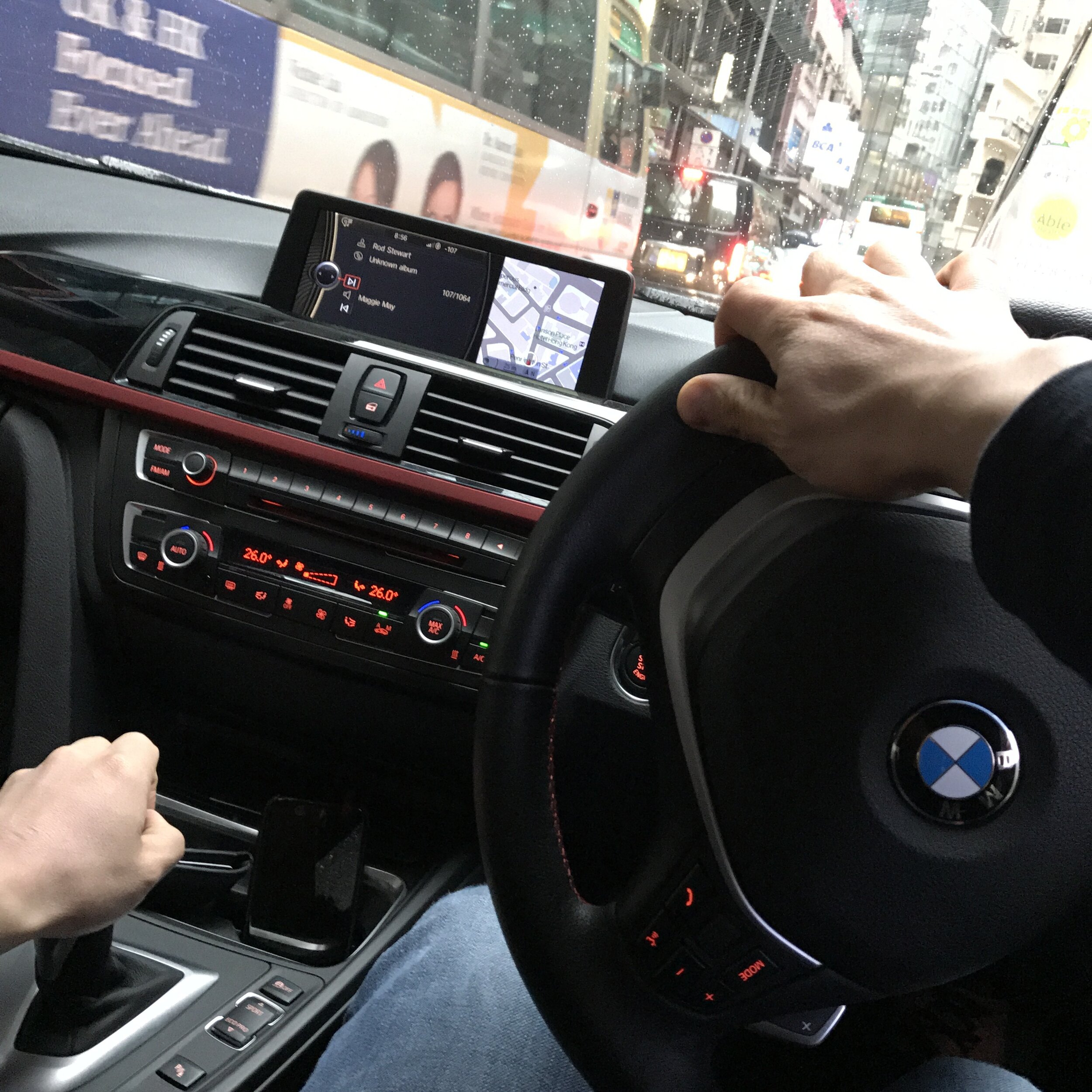The decision to build Tesla's Gigafactory in Shanghai wasn’t just a bold business move – it was a defining moment for the electric vehicle industry. It rescued Tesla from financial peril and, at the same time, shifted global competition in ways that few had anticipated. This isn’t just a story about corporate survival. It’s about the movement of technology across borders, the redistribution of industrial power, and the unintended consequences of a single strategic decision.
In 2018, Tesla found itself in serious trouble. Elon Musk had dubbed it "production hell," which wasn’t an exaggeration. The Model 3 was supposed to launch Tesla into the mainstream, but manufacturing missteps turned that ambition into a crisis. Unlike Toyota, which had spent decades perfecting lean production methods, Tesla attempted an overly ambitious approach, relying on automation that consistently failed. Robots struggled with simple assembly tasks, battery module production was riddled with inefficiencies, and the Fremont factory operated more like a chaotic experiment than a streamlined production facility.
Then China stepped in with an offer that changed the trajectory of Tesla’s future. In an unprecedented move, China granted Tesla full ownership of its factory, provided substantial financial backing, and expedited regulatory approvals. It was a lifeline that Tesla couldn’t afford to pass up. The Gigafactory in Shanghai was built in just ten months, and almost immediately, Tesla’s production efficiency improved. Local battery suppliers ensured a stable and cost-effective supply chain, while advanced manufacturing techniques, such as gigacasting, reduced production costs while improving vehicle quality.
But what followed was more than just Tesla benefiting from China’s efficiency – it was the rapid exchange of technological expertise. Tesla learned how to streamline its manufacturing processes, while Chinese automakers gained insight into Tesla’s battery technology, software systems, and vertically integrated approach. This knowledge transfer, both formal and informal, accelerated the rise of domestic Chinese EV brands like BYD and NIO, compressing what could have been a decade of gradual growth into just a few years of explosive advancement.
The geopolitical impact of this exchange was enormous. Tesla’s success seemed like a victory for American business, but it also played a significant role in strengthening China’s dominance in the global EV market. China had already invested heavily in electric vehicle development, but Tesla’s presence fast-tracked its progress even further. The Shanghai Gigafactory not only rejuvenated Tesla’s fortunes but also became an incubator for the next generation of Chinese EV competitors.
China’s rise in the electric vehicle sector was no accident – it was part of a broader strategy to control the industry’s future. Unlike Western automakers, which rely on a patchwork of suppliers, China developed a fully integrated EV supply chain that encompasses everything from lithium mining to car assembly. This vertical integration allowed them to manufacture electric vehicles at significantly lower costs while maintaining quality. Consequently, this put Chinese automakers ahead of legacy automakers struggling with outdated cost structures in the production of EVs.
Infrastructure development played a crucial role as well. Instead of treating EV manufacturing and charging station deployment as separate challenges, China approached them as a unified system, ensuring that adoption grew in tandem with accessibility. Through its Belt and Road Initiative, China expanded charging networks across developing regions, from urban centers in Southeast Asia to remote towns in Africa. These systems weren’t just about convenience – they embedded Chinese technological standards, financial systems, and maintenance networks, which made it increasingly difficult for foreign legacy automakers to compete.
Chinese EVs also cater specifically to emerging markets, where vehicle ownership needs differ from those in wealthier nations. Unlike Western automakers, which design electric cars based on assumptions of garage charging and dealership service networks, Chinese manufacturers focus on solutions for street parking, simplified maintenance, and battery chemistries suited to tropical climates. Combined with financing support from Chinese banks, these vehicles present an adoption model that Western automakers struggle to match.
Legacy automakers are losing their foothold in critical developing markets, threatening their ability to fund future innovation. European brands, once dominant in regions like Latin America and Southeast Asia, now struggle against budget Chinese models. Japanese manufacturers, reliant on hybrid sales in emerging economies, face shrinking demand as these markets leapfrog directly to electric vehicles predominantly from China. Meanwhile, American automakers have been slow to adapt to the global shift toward EVs, largely due to a domestic market that remains deeply invested in traditional gasoline-powered vehicles. While U.S. companies focus on trucks and SUVs for American consumers, they have ceded ground in emerging regions where electrification is accelerating. As Chinese automakers capture rising markets in Africa, South America, and Asia, Western brands lose the sales volume needed to amortize R&D costs – leaving them trapped in a cycle of declining competitiveness.
The transition to electric vehicles marks the first complete overhaul of automotive technology in over a century, and China is positioned to set the industry’s future standards. Unlike previous automotive revolutions, where Western companies led both innovation and production, this shift sees China controlling not only manufacturing but the underlying technical architecture and infrastructure support that will shape global transportation for generations.
Tesla’s Shanghai gambit illustrates how corporate decisions made under financial duress can have far-reaching consequences. Musk needed China to keep Tesla afloat, but in securing Tesla’s survival, he not only accelerated China’s dominance in the global EV market but also killed the future of the U.S. auto industry for U.S. automakers too. His actions eroded the international standing of U.S. automakers, which set the stage for their eventual collapse within the U.S., unless if the U.S. government bans Chinese EVs outright – which they will.
So, what does this all mean for an a dinosaur like myself who loves a six speed manual attached to a V8? It means that the writing is on the wall for Western legacy automakers. They will no longer have the financial resources to make exciting cars anymore, let alone the cars I love. It’s over. And it all traces back to a single factory deal in Shanghai.



